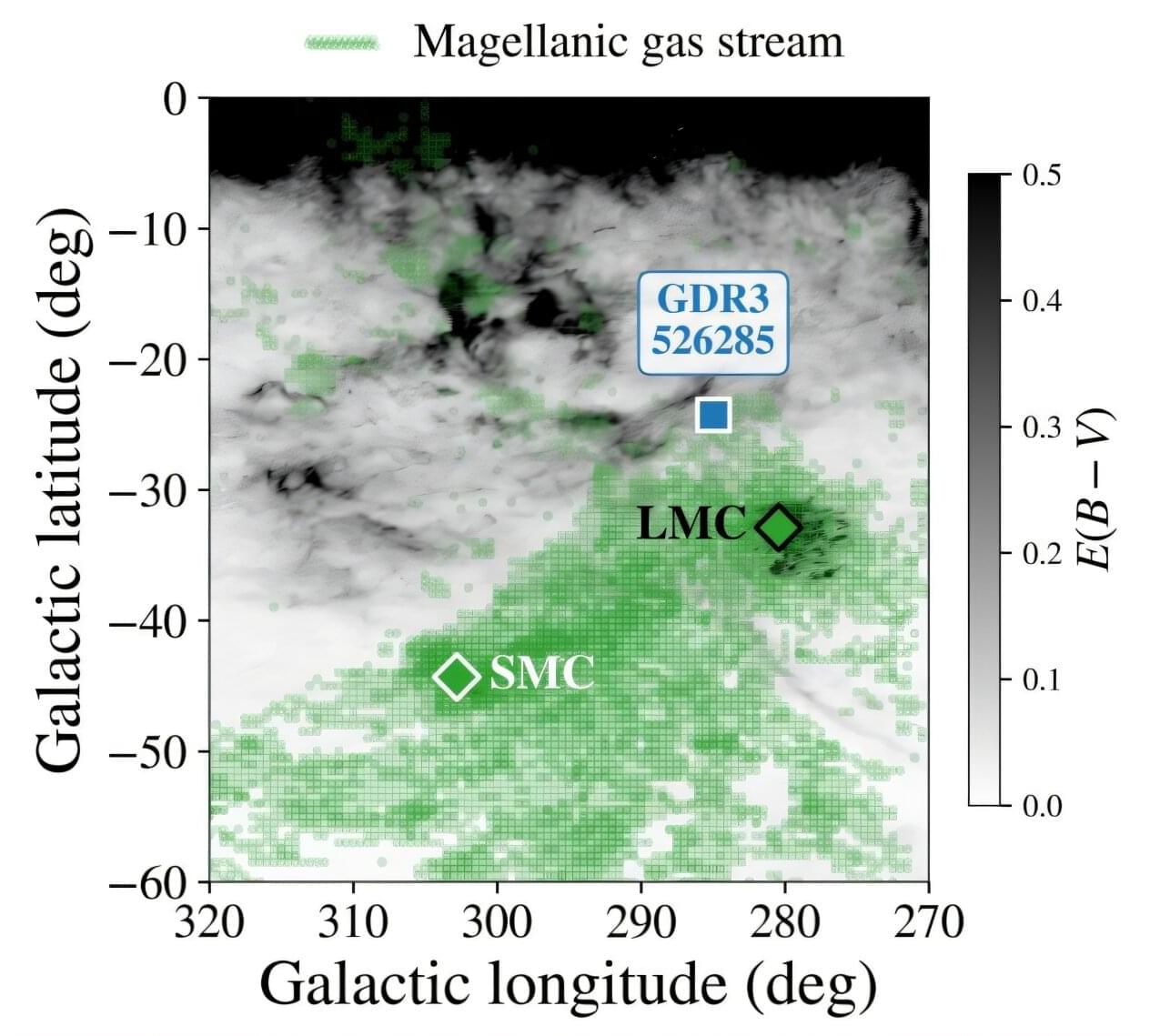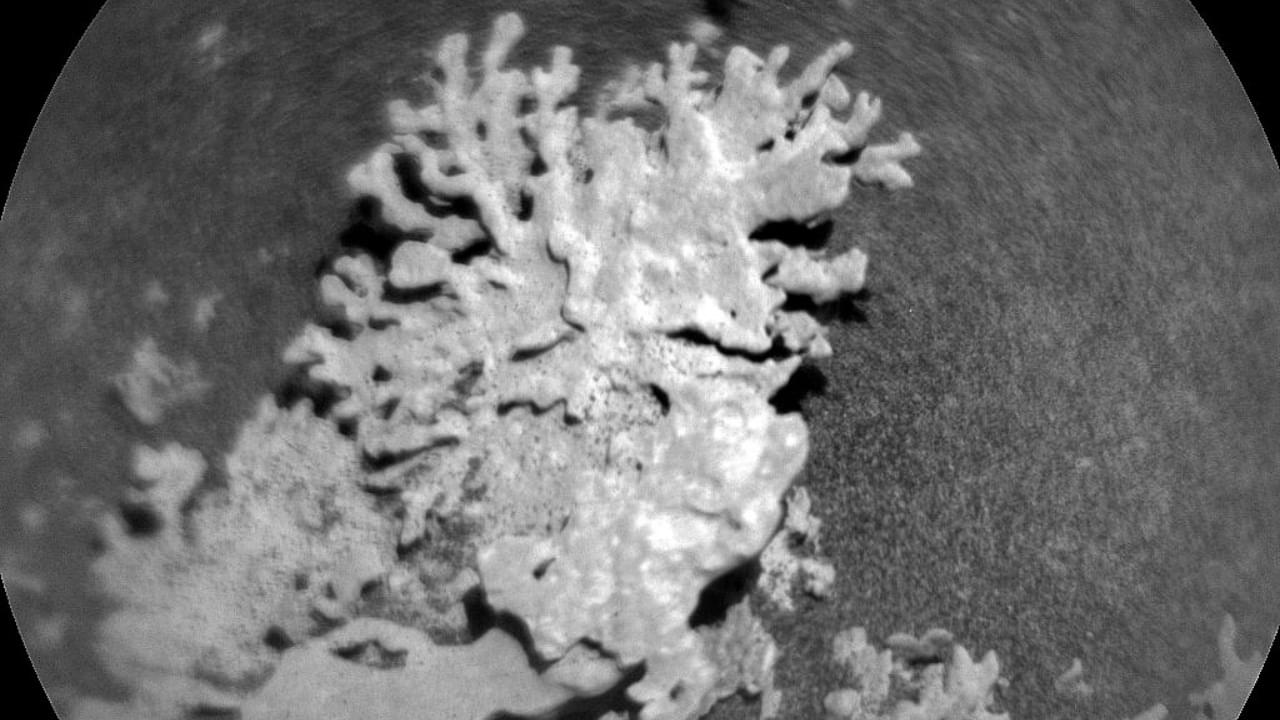L3Harris engineers were celebrated for their critical role in the upcoming Artemis II mission.



You might have seen an interesting phrase popping up in your social media feeds lately: “Chiron is in retrograde.” If you’re anything like me, you’ve never heard of Chiron before—and I’m a professional astronomer.
So what is Chiron, and what does it mean to be in retrograde? The short answer is that Chiron is an asteroid-slash-comet orbiting somewhere past Jupiter and Saturn. And until January 2026, it’s going to look like it’s going backwards in the sky. If you can spot it.
But there’s a bit more to the story.
It’s crossing the Solar System at 58 kilometers per second.

A new artificial intelligence tool developed by researchers at the University of Hawai’i (UH) at Mānoa is making it easier for scientists to explore complex geoscience data—from tracking sea levels on Earth to analyzing atmospheric conditions on Mars.
Called the Intelligent Data Exploring Assistant (IDEA), the software framework combines the power of large language models, like those used in ChatGPT, with scientific data, tailored instructions, and computing resources.
By simply providing questions in everyday language, researchers can ask IDEA to retrieve data, run analyses, generate plots, and even review its own results—opening up new possibilities for research, education, and scientific discovery.



By analyzing the data from ESA’s Gaia satellite, astronomers from the University of Chicago, Illinois and elsewhere, have identified a new ultra-metal-poor star. The newfound star, designated GDR3_526285, turns out to be one of the most metal-poor stars detected so far. The finding was announced in a research paper published August 8 in The Astrophysical Journal Letters.



I’m drawn to Whitehead’s philosophy not because it rejects the supernatural, but because it reawakens a deeper appreciation for it. Nature itself is supernatural because it is always transcending itself—a ceaseless creative advance into novelty. Even the so-called ‘laws of nature’ are not inflexible blueprints, but statistical generalizations about how nature habitually, though not invariably, operates. In a world where many skeptics dismiss anything wonderful, amazing, or unexpected as mere coincidence or illusion, Whitehead reminds us that novelty, beauty, and surprise are woven into the very fabric of reality. He offers a vision of God who, in one aspect of God’s primordial nature, is outside the actual universe altogether, and thus supernatural in this sense, but who is also immanent within the universe as a source of comfort, novelty, and creative transformation. God is supernatural in both ways: transcendent of the world, and present within it, working in and with the unexpected to deepen the richness of existence.
Added to this is the fact that Whitehead’s philosophy helps me understand and appreciate paranormal experiences. Events such as telepathy, remembrance of previous lives, psychokinesis, and apparitions can be interpreted not as violations of nature, but as rare expressions of its deeper interconnectedness—instances of hybrid prehensions where entities directly feel one another across distances and times, bypassing the usual causal pathways. In this way, what we call ‘paranormal’ is not anti-natural but a revelation of the profound relational fabric of the universe.
Yes, Whitehead helps me reimagine and affirm the supernatural.